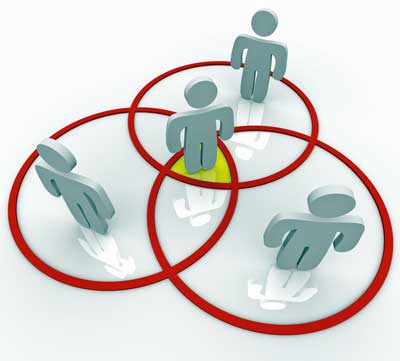Севада Ваникович Акопян
Кафедра сексопатологии Ереванский государственный медицинский университет
Как следует из современных литературных источников Haumann et al. 1999, С.В.Королевой с соавт. 2000 Кришталь В.В., Григорян С.Р., 2002 Салахалдин Р.Д., 2003 Бадалян Р.Р., 2004 Голобурда А.В., 1991; Плаксин О.Ф.,2002 Cuellar de Leon A.J. et аl. весомый вклад в проблему нежелательного бесплодия вносят расстройства эректильной функции у мужчин. Среди множества различных факторов, приводящих к развитию ЭД мужчин в фертильном периоде, главенствующую роль, несомненно, играют растройства психоэмоциональной сферы. В списке, состоящем из 87 пунктов самых стрессогенных ситуаций в жизни, нежелательное бесплодие оценилось как одно из самых отрицательных по воздействию событий, наравне со смертью ребенка или супруга/супруги.
Цель исследования: изучение психосексуальных проблем у бесплодных мужчин.
Структура исследования: когортное, обсервационное исследование.
Участники исследования: 40 бесплодных мужчин с ЭД длительностью не менее 6 месяцев в возрасте от 20 до 30 лет (средний возраст 24,4±3,5 лет).
База проведения исследования: Университетский центр сексопатологии.
Методы исследования: оценка ЭД согласно Международному индексу эректильной функции-5 (МИЭФ); стандартный анализ спермы, производимый 2 раза с интервалом в две недели. Результаты спермограммы сообщались участникам исследования.
Результаты исследования: 5 (12,5%) мужчин, которые после выявления патологических отклонений в первичной спермограмме имели проблемы с эрекцией или оргазмом и не смогли дать сперму для вторичного анализа, были выделены в 1 группу. Остальные 35 (87,5%) мужчин, которые были в состоянии дать сперму для вторичного анализа, составили 2 группу. У пациентов 1 группы средняя оценка МИЭФ до первичного анализа спермы составила 22,6±2,3 балла, а после сообщения им о результатах анализа – 11,2±2,6. У пациентов 2 группы средняя оценка МИЭФ до первичного анализа спермы составила 23,1±2,1 балла, а после сообщения им о результатах анализа – 18,2±2,2. Показатели спермограмме в группе 1 были значительно хуже чем в группе 2 (р<0.05). Никаких существенных различий между этими двумя группами по возрастному фактору выявлено не было (р>0.05).
Обсуждение: Поскольку мужчины 1 группы имели нормальные сексуальные функции перед оценкой бесплодия, можно предположить, что ЭД в этих случаях имела психогенный характер и была вызвана сообщением пациентам о патологических отклонениях в спермограмме. Психогенная природа ЭД у этих пациентах была также очевидна в связи с более длинными сроками бесплодия и с увеличенными уровнями беспокойства. Ухудшение показателей спермограммы у мужчин, которые испытывают сексуальную дисфункцию, также указывает на влияние психогенного фактора. Однако прежде, чем сделать окончательные выводы необходимо принять во внимание определенные ограничения нашего исследования. Во первых, для подтверждения причинно-следственных связей между репродуктивной функцией и ЭД у мужчин необходимо проведение проспективного рандомизированного контролируемого исследования. Во вторых, нельзя утверждать, что наша выборка является репрезентативной для бесплодных мужчин вообще. Наши пациенты могут отличаться от тех мужчин, которые отказывается прибегать к медицинской помощи. Наконец, мы не имели возможности получить полную информацию о психологических состоянии участников исследивания их партеров.

